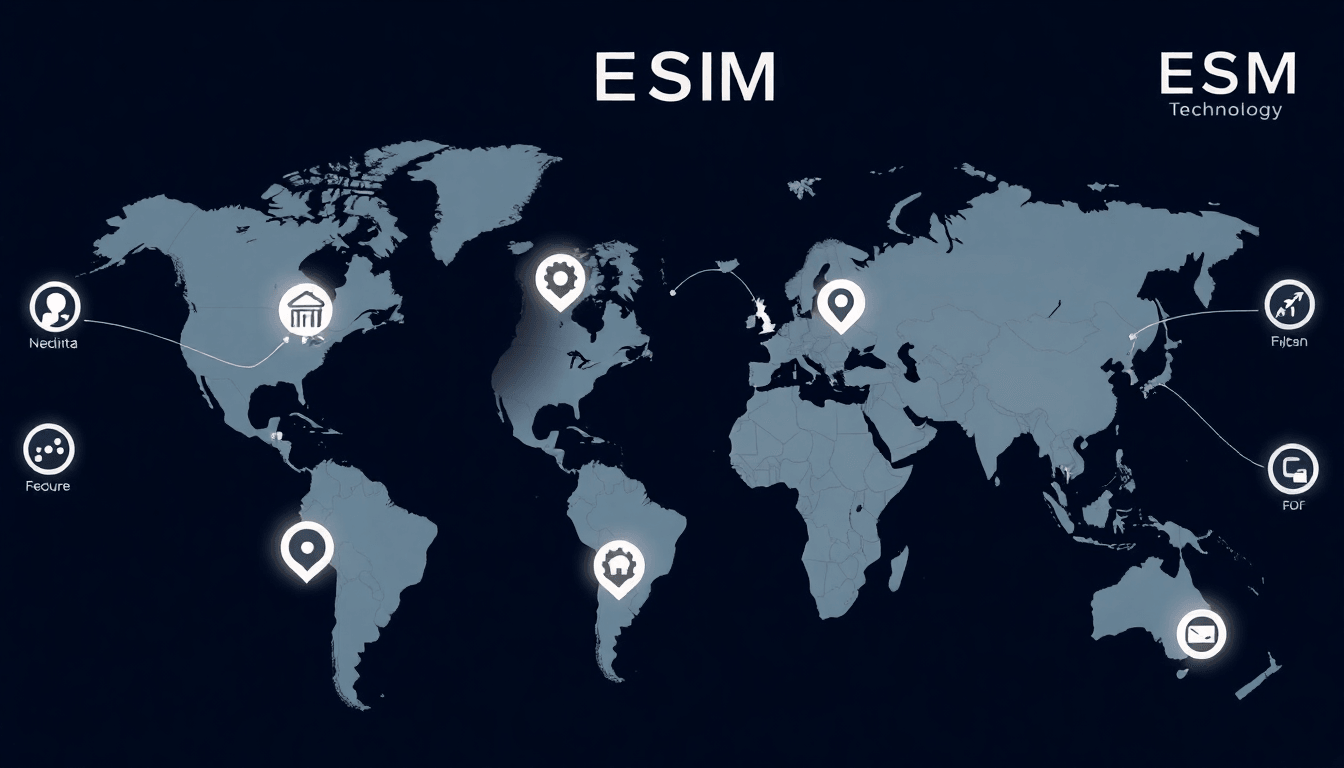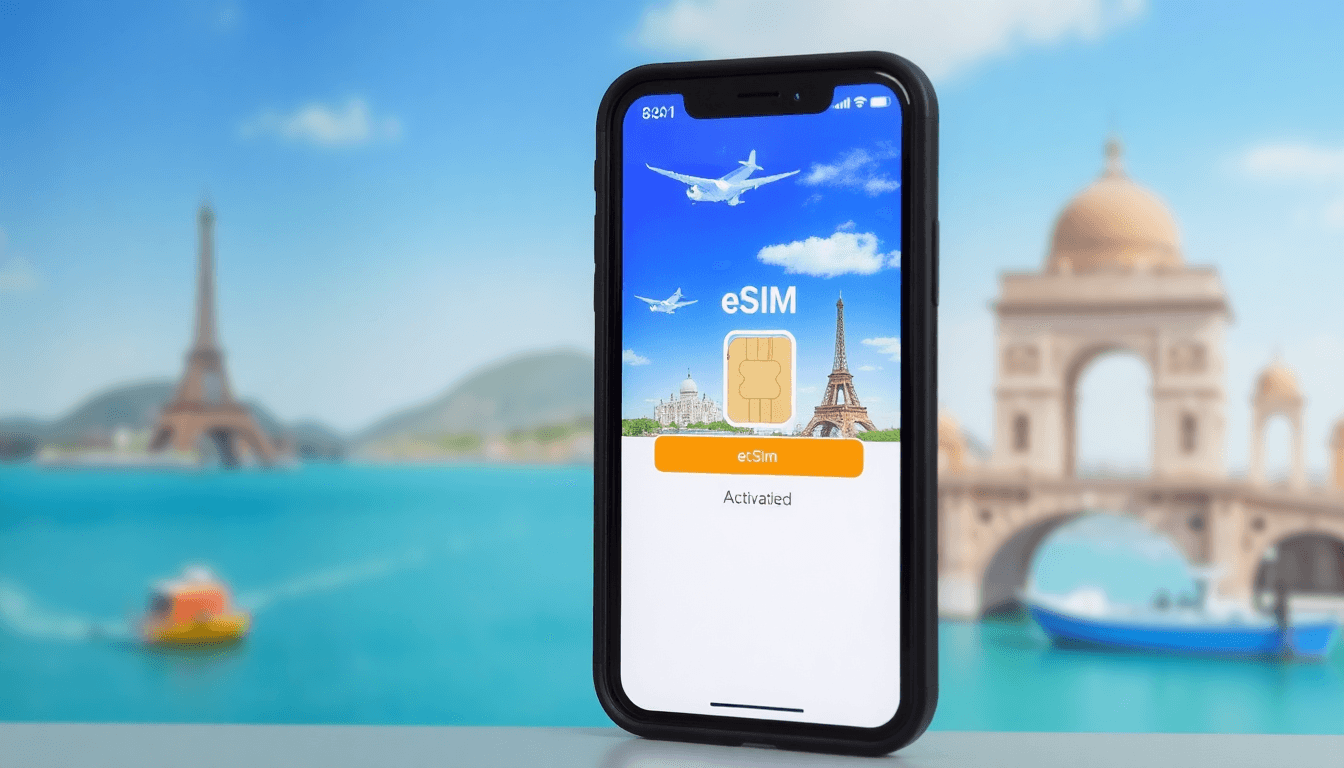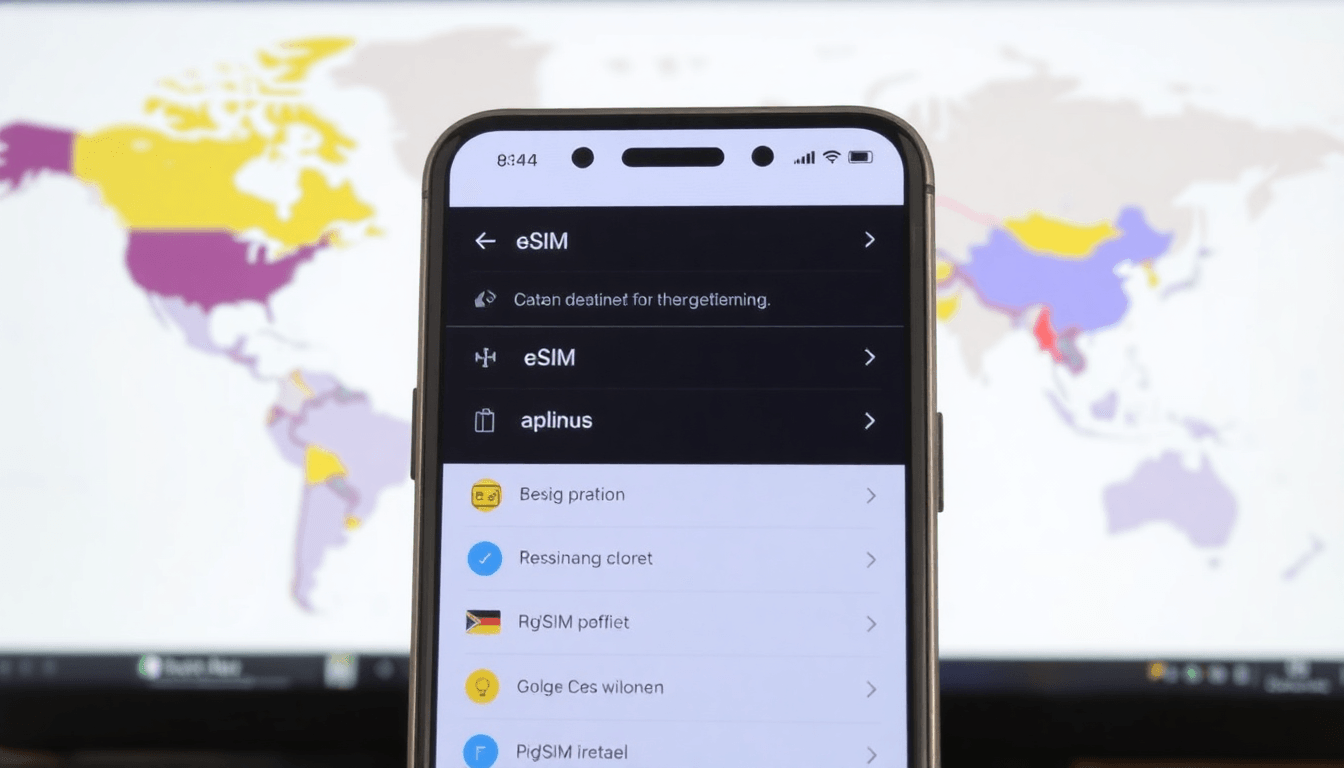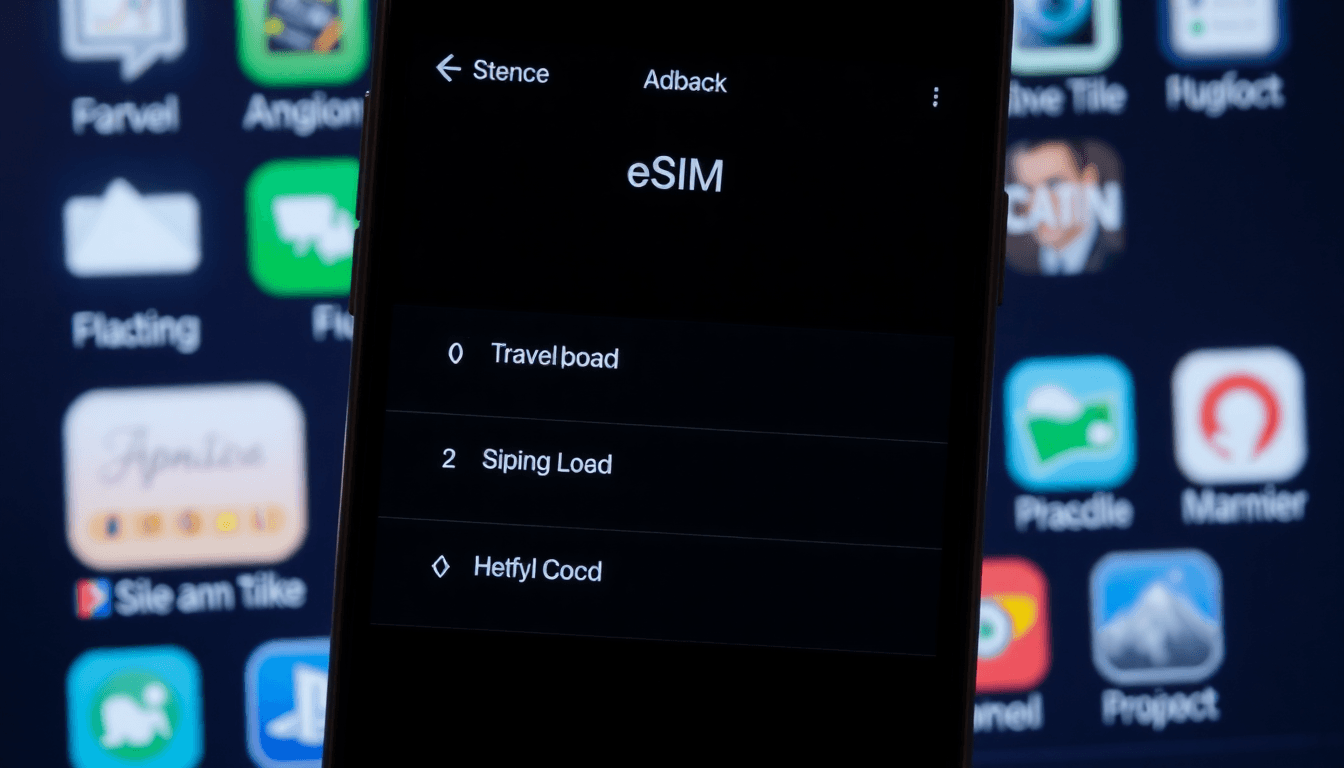eSIM vs. Roaming vs. Local SIM: Choosing the Right Option for Your Travels
eSIM vs. Roaming vs. Local SIM: Which is Best for Travel?
Traveling to a new country often involves navigating the complexities of mobile communication. Do you roam with your existing carrier, purchase a local SIM card, or opt for an eSIM? Each option comes with its own advantages and disadvantages, and choosing the right one can save you money, hassle, and potential roaming charges.
Understanding the Options
Here's a breakdown of the three main options for staying connected while traveling:
1. Roaming
Roaming allows you to use your existing SIM card and mobile plan in another country. However, roaming charges can be incredibly expensive, often exceeding the cost of local data plans.
- Pros: Convenience, familiarity with your existing number.
- Cons: High costs, potential data limits, and slow speeds.
2. Local SIM Card
Purchasing a local SIM card is a more cost-effective solution. You can get a SIM card at airports, convenience stores, or mobile carrier shops. However, you'll need to find a carrier, activate a new plan, and potentially deal with language barriers.
- Pros: Lower costs, typically faster data speeds, access to local calling plans.
- Cons: Requires additional effort to obtain, potential activation issues, you lose your original phone number.
3. eSIM
An eSIM, or embedded SIM, is a virtual SIM card that is stored directly on your device. You can download an eSIM profile from a mobile carrier and activate it without needing a physical SIM card. This offers flexibility and convenience.
- Pros: Easy to activate, no need for a physical SIM card, affordable data plans, can switch between multiple eSIM profiles, ideal for dual sim devices.
- Cons: Not all devices support eSIM technology, limited availability in some countries, need to check carrier compatibility.
Why is an eSIM Often the Best Choice?
Here's why using an eSIM often emerges as the best solution for travelers:
- Cost-Effective: eSIM data plans are generally more affordable than roaming and often offer larger data allowances.
- Convenience: Downloading an eSIM is a quick and easy process, eliminating the need to visit a physical store or deal with activation complexities.
- Flexibility: eSIMs allow you to switch between different data plans and carriers easily. You can have multiple eSIM profiles activated on your device, giving you more control over your mobile usage.
- No SIM Card Required: eSIMs eliminate the need to carry a physical SIM card, making it less likely to lose or damage it while traveling.
Who Benefits Most from an eSIM?
eSIMs are particularly advantageous for:
- Frequent Travelers: If you travel often, having an eSIM can save you significant money and effort compared to roaming or buying local SIM cards every time.
- Users with Dual SIM Phones: eSIMs are perfect for dual SIM phones, allowing you to have a primary SIM for your home country and an eSIM for international travel.
- Budget-Conscious Travelers: eSIMs are a more budget-friendly way to stay connected while traveling, especially for those who need large data allowances.
Things to Consider Before Using an eSIM
While eSIMs offer many advantages, it's important to keep these points in mind:
- Device Compatibility: Ensure your device supports eSIM technology. Check your device's manual or with your manufacturer.
- Carrier Availability: Not all carriers offer eSIM plans, and not all carriers are available in every country. Research carrier availability before your trip.
- Data Usage: eSIM plans often have specific data usage limits. Choose a plan that meets your anticipated needs. You may have to purchase additional data if you exceed your limit.
- Emergency Calls: If you need to make emergency calls, ensure you understand your carrier's policy on eSIM usage for emergency calls in the country you are visiting.
Conclusion
Choosing the right mobile solution for your travels depends on your individual needs and preferences. For most travelers, an eSIM offers the most convenient, cost-effective, and flexible option for staying connected while exploring new destinations.
By understanding the pros and cons of each option, you can make an informed decision that ensures a seamless and worry-free mobile experience during your trip.







